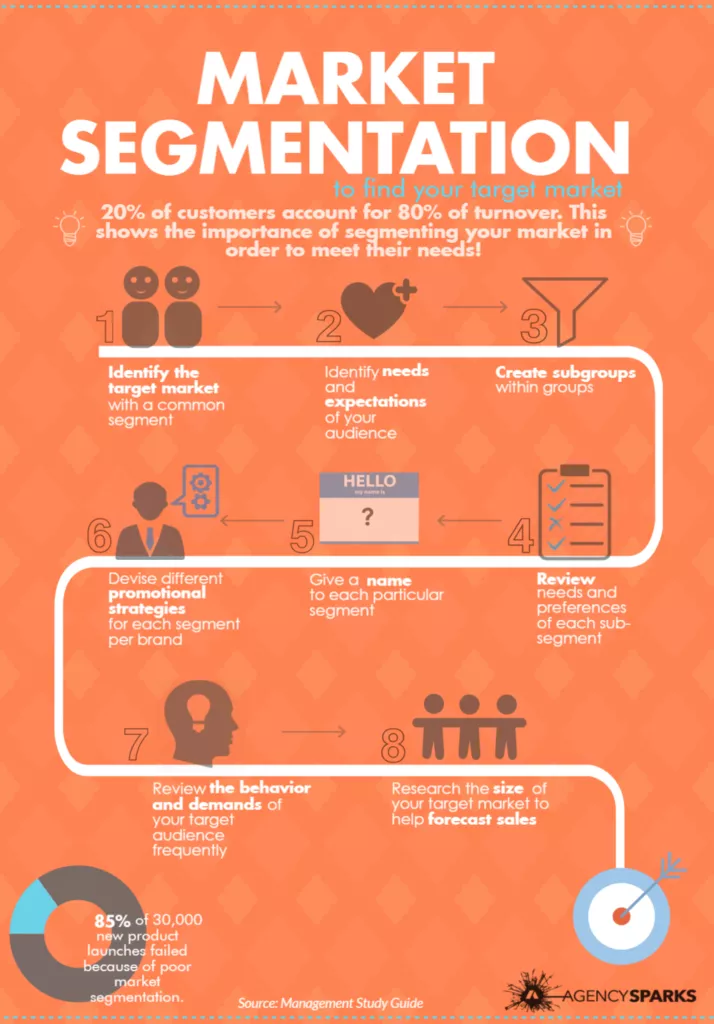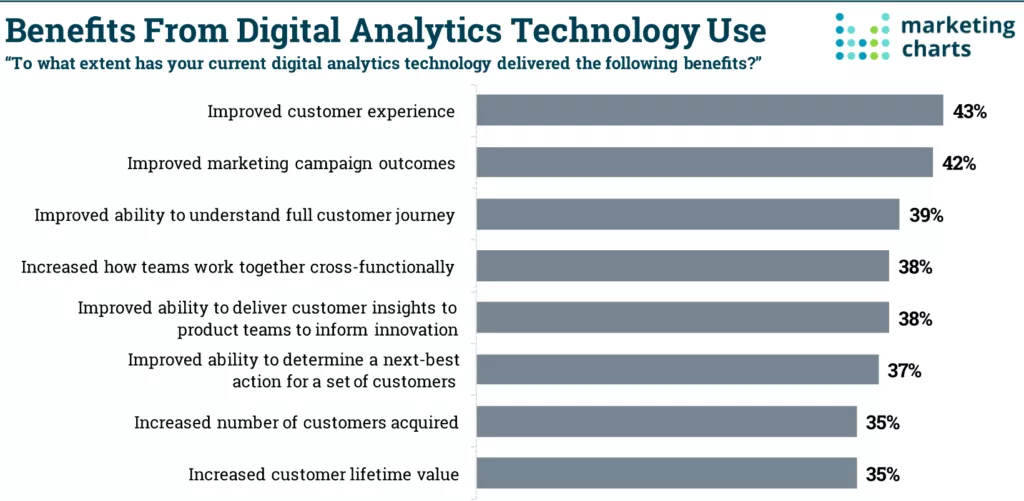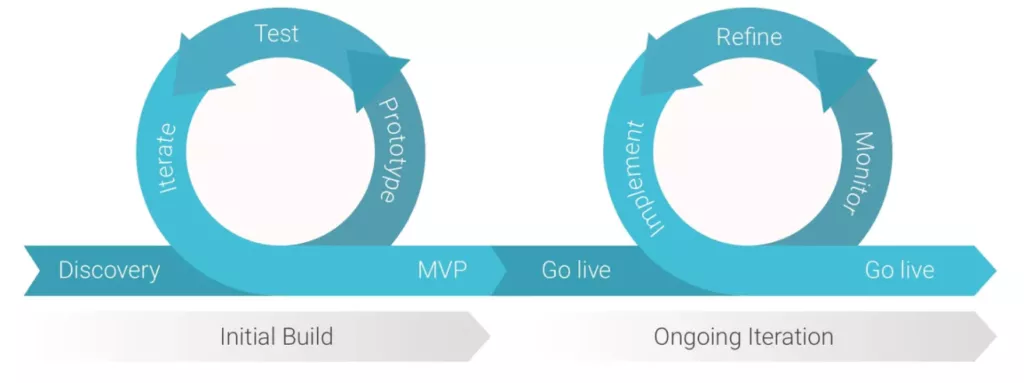A Guide to Info Products Sales: The 5-Stage Sales Cycle

You’re committed to selling your info product(s). You know they’re valuable and people will love them.
And if you’re like many other infopreneurs (yep, that’s actually a thing!), you’re 100% sure you have a great info product idea—maybe the best one ever.
So what’s left to do if you already have the best info product ever?
You need to find the right way to get it into the hands of the right people. The people who really need it and are willing to pay for it.
And that’s where this article will help.
With it, you’ll understand:
- The unique stages of the sales cycle of your info product(s).
- How each one comes into play while monetizing that perfect info product idea.
- And how even if you have the best idea ever but don’t sell it the right way, then even the most engaged prospects won’t buy it.
When I launched my 6-Figure Sales Funnel Training info product, I actually saw 5X more success than any other launch I’ve done in the past just by understanding my own info product’s sales cycle.
Are you ready to do the same? It all starts with...
Want to delegate all your marketing and funnel work done—without the headaches of hiring? Download our free guide: 33 Marketing Projects You Can Delegate to Growbo and discover how to save 100+ hours a month, grow faster, and scale without the overhead.
Stage #1 of the Sales Cycle of Your Info Product: Breaking Your Audience Segments Down as Much as You Can
This first stage of your info products’ sales cycle is kind of obvious but often overlooked.
In any sales cycle, you begin by prospecting, right?
But when you’re selling your info products, you need to segment your leads into as many categories as possible based on their pain points, wants, and needs.
The main point with info products is to avoid being too general when it comes to defining your audience.
Because this can lead to delivering played out solutions that don’t really end up helping anyone.
And if you’re thinking, “I already broke my audience into groups when I created my info product,” I urge you to go back to the drawing board and break those groups down even further as part of your sales process.
Why?
Because this ensures that you approach them in the most personalized and efficient way possible with the right info product and the right sales approach.
Because the better you understand your audience, the more value you can offer them and the easier it will be to sell them on your info product(s).
You see, market research that focuses on social platforms will provide actionable insights about your audience segments.
Then you can target that perfect audience that’ll need your products and actually buy them.
If you don’t clearly define who your target audience is and create your info products for them, even if you have the best idea in the entire world—it sure as heck isn’t going to sell.
And you won’t have anything to show for all the effort you put into it.
But if you have a specific group of leads that you truly—and I mean truly—understand, you’re going to connect with them on a deeper level.
In fact, a survey from Epsilon shows that 80% of consumers are more likely to do business with a brand that uses segmentation to personalize marketing campaigns.

Alright. Now that you know why you must sell your info product to a very specific audience, let’s see the next stage of your info product’s sales cycle.
Stage #2 of the Sales Cycle of Your Info Product: Empathizing With Your Audience
So now that you’ve got your audience segments well-defined, you understand what they want and need.
And now it’s time to show them how dialed in you really are.
For this stage of your info products’ sales cycle, you’ll show yourself as a thought leader in the industry.
Make your audience think that your info products were custom-designed exclusively for them.
And not only do you have to make sure your copy speaks to your audience segment, but the info product itself should be crafted for your specific audience. And of course, it should solve specific problems for them too.
Unlike with copy where you have one product and you’re writing specifically to your segmented audience, you want to create a product that your audience specifically wants.
So if you’re still unsure of what your audience is struggling with, create a framework for your avatar during this phase and see what you uncover.
Stage #3 of the Sales Cycle for Your Info Product: Converting Prospects Into Customers With a Lead Magnet Offer
As you know, nurturing leads via a lead magnet is key in any product or service sales process.
And when you create and sell your first info product idea, offering prospects a lead magnet to convert them into paying customers is no exception.
You see, a lead magnet is like offering your audience a small piece of your cake—for free.
And once they try that delicious piece of cake, they’ll want to keep coming back for more.
And that’s when you’ll offer your audience something bigger than the small piece of cake—you’ll offer them your info product.
When you introduce your info product to your audience, you’re actually nurturing your prospects before turning them paying customers.
In fact, deals closed on nurtured leads receive a 47% higher order value than deals closed on non-nurtured leads according to Annuitas.
The more “touchpoints” (or times you remind prospects about your product), the higher the chances of selling.
In general, HubSpot says it takes about 8 touchpoints to make a sale.
So what are you waiting for?
Start converting prospects with your lead magnet to sell them later on your info products.
Stage #4 of the Sales Cycle of Your Info Product: Analyzing the Data & Progress of Your Info Products’ Sales Cycles
To know if all stages of your sales cycle are operating successfully, it’s imperative to look at the data.
The same way you track any data in your sales funnel to see if your landing pages are converting leads, you must also track and analyze your info products’ sales cycles in order to optimize them.
For example, according to TrackMaven, 47% of marketers use data after-the-fact to find out what worked and what didn’t in their sales process.
And 28% uses testing and benchmarking to adjust or improve their strategy.
So when it comes to the stages of the sales cycle of your info product, you need to track them to see if they’re converting or not.
And if you’re skeptical about the efficiency of actually tracking for better results, here are some benefits from reviewing data and using it to iterate on your strategy...

So look out for metrics like conversion and average order value.
How many prospects actually open their wallets and pay for your info product?
Understanding how much the average person is spending will help you know how much you can afford to pay to acquire a new customer.
And that’s extremely important if you want to be competitive in your industry.
Stage #5 of the Sales Cycle for an Info Product: Iterate & Then Iterate Some More
Once you uncover actionable insights from the data you gather (see stage #4), it’s time to now tweak the approach to get your strategy right.
You see, most prospects won’t be ready to make a purchase right away. That’s why they’re just prospects.
They need to be converted in order to be ready to spend some money on your site.
That’s why it takes some serious nurturing (remember what we discussed in stage #3?).
All it takes is striking the right chord.
And that’s where iteration comes in.

The best way to iterate and ultimately close more info products’ sales is through automation.
Because lead nurturing takes time. And after sinking all that time into creating an awesome info product, it’d be nice to be able to take a break.
And that’s exactly where automation comes in.
You see, your customers’ journeys are the sum of individual personalized experiences with your brand.
And with marketing automation, you can use customer data to tailor every interaction to creating ongoing, seamless journeys through every brand touchpoint.
You see, according to the Business2Community, businesses that use marketing automation to nurture prospects experience a 451% increase in qualified leads.
AND you can use some of the time you get back from automation to dig deeper into the analytics and make even more effective changes that will grow your business.
But sometimes, even once you’ve worked to understand and implement automation, taking care of every part of your business can be tiring.
And sometimes you don’t really have all the necessary online marketing tools to keep up.
Plus, this digital marketing stuff can be time-consuming and you will likely find that you need the expertise of someone who can execute it all for you.
I’m talking about your sales funnel strategy. About your retargeting ads strategy. About your copywriting strategy. About your conversion design tactics for your landing pages. About everything related to your business growth.
So why not hire an expert like Growbo to help you out?
We’re a team of pros who can take all the guesswork off of your plate so you can focus on what you do best: selling your info products.
Conclusion
Want to delegate all your marketing and funnel work done—without the headaches of hiring? Download our free guide: 33 Marketing Projects You Can Delegate to Growbo and discover how to save 100+ hours a month, grow faster, and scale without the overhead.
So there you have it.
Understanding the stages of the sales cycle of an info product requires rolling up your sleeves, knowing your target audience and how to drive traffic, and then making the time to put forth a committed effort.
You need to understand your info products’ sales cycle stages to know exactly what to do to optimize them for better results. Just like with a sales funnel!
Hopefully, understanding these 5 stages can save you a few headaches as you plan to sell your info products.
So now, tell me something. Have you ever sold your info products before? If so, how did it go? Do you think understanding the 5 stages behind it will help you sell more?
Let me know in the comments below.
Keep Growin’, stay focused.














